Kicking It with Arman Karshenas
Explore the dark places in your mind with "Repenthium"
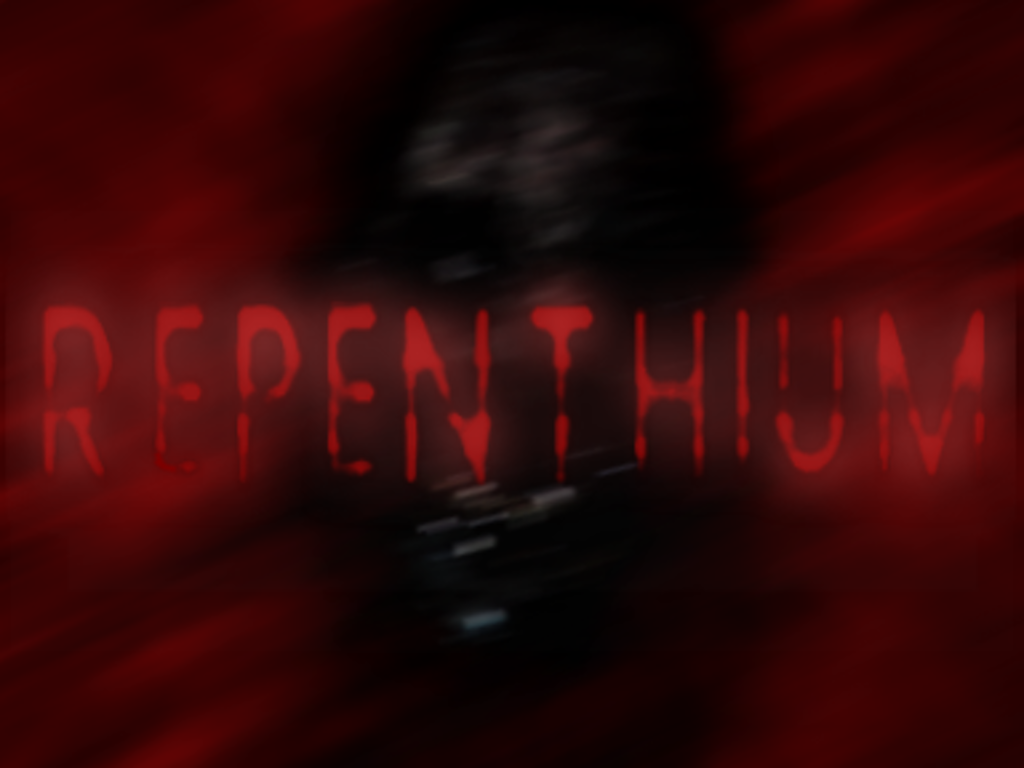
In most survival-horror games, the player is creeping through weird dungeons, dark forests, abandoned buildings or any other super-atmospheric horror trope - and there is always something in the shadows out to get them. What makes these games really terrifying experiences though isn't necessarily the monster hiding behind the tree somewhere but the player's own imagination as it responds to every bump in the night.
"Repenthium" by BioDynamic Games takes that psychological aspect and literally dives right into it, because with this game each stage represents a human emotion with it's own unique characteristics, challenges and danger.
The premise behind "Repenthium" is that the main character, Andrew, is part of an experimental program that uses a device call the Repenthium to remove negative emotion from the patient's mind. In order to clear each emotion, Andrew must face each one with all the trials and horrors that come with it.
We reached out to Arman Karshenas, one of the developers behind "Repenthium" and ask him some questions about this new game and the Kickstarter campaign.
Player Theory: So, the campaign for "Repenthium" has just begun. How has your experience with Kickstarter and crowdfunding been so far? Have you ever worked on a Kickstarter project before?
Arman Karshenas: So far, we've had good luck with Kickstarter. We've reached out to as many people as possible and are hoping to get it in front of anyone who's a fan of the horror genre! This is our first project on Kickstarter and our first commercial project.
PT: Before "Repenthium," you had created "Swamp Sim." Obviously, "Repenthium" is set to be a more serious game, but are there any lessons you learned from "Swamp Sim Horror" that you're taking with you into this next project?
AK: While "Swamp Sim" was a more comedic-horror game compared to "Repenthium," I can still use what I've learned from the experience to make the project better. The most important thing I learned was to listen to any and all feedback from the audience. If people liked one aspect of "Swamp Sim," I'd make it my goal to expand that part everyone liked, or if people saw something was lacking, I'd do everything in my power to patch it. It worked for Swamp Sim, so I want to do the same thing with "Repenthium." This time around I'll be setting up polls asking people what they'd like to see in "Repenthium" so that it meets the player's expectations for entertainment in every way.
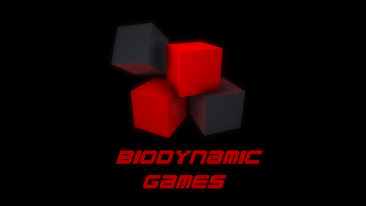
PT: Your studio, BioDynamic Games, is pretty small right now - run by only two people. And it looks to be a family affair (just going off the last names there). What background or experience do you have in developing games? What made you want to make your own studio?
AK: Yes, right now it's my brother and I in the company. I am Arman, the developer at BioDynamic Games and Bijan is my brother, the marketing / game designer. Before working on "Repenthium," I developed the game "Swamp Sim" which is a free parody horror game based on the popular "Slender" games. It has been a big success and has amassed a lot of attention and good ratings from those who have played it. So I have gained a lot of experience from that. Even before "Swamp Sim" I had been learning to develop games on my own for around 5 years, during which I worked on experimental games and figuring out what makes a game enjoyable. I think that seeing other indie developers create incredible games in small teams inspired me to make a studio for myself, and that's where I started with "Swamp Sim" and so on.
PT: The story that goes with "Repenthium" feels fairly unique - the whole idea of traveling through the 'worst' parts of a character's psyche is quite a concept. Was there something in particular that gave you the idea for this story? Is there a philosophy behind the game or is the "Repenthium" technology just a way to transport the story from one emotion to another?
AK: Indeed, I wanted the mind to play a big part in "Repenthium" since psychological horror is one of the driving concepts throughout the game. After developing Swamp Sim, I spent the next couple of years imagining new horror game ideas to work on since Swamp Sim was well received. I wrote down each and every idea, and realized I had so many to choose from that I wanted to do them all at once. Working on multiple game projects at a time seemed far too ambitious, so the idea for a game that combined all of those game concepts into one intrigued me. This is where I thought of "Repenthium" and the concept of traveling to different negative emotions/levels (each level being one of my previous game ideas). The scenarios and backstories behind each level is different, and there for the player to discover, though the main story-line remains consistent for the protagonist Andrew who is traveling through each one.

PT: Right now, it looks like you have ten levels/emotions that you want to explore with "Repenthium." Can you go into any detail in how an emotion may correspond with the level design? For instance, will the Temptation stage try to trick the player into quick (but potentially risky) rewards or will the levels be more subtle than that?
AK: Since each level corresponds to a negative emotion within Andrew's mind, there will be a strong connection between what the player experiences within that level and what the emotion is. For instance, with the Temptation stage, the player will have a growing need to overcome a certain monster. While an attempt to kill the monster is unwise, the growing need to do so increases as the monster is preventing the player from escaping that area, so the player must face his fears and use his wit to overcome it. It's scenarios like these which relate the level to its corresponding emotion.
PT: On the topic of level design, I am loving what I'm seeing so far - the atmosphere in the gameplay video you have available is fantastic. What are some inspirations you draw from when constructing levels for the game? Which level did you have the most fun designing?
AK: I take inspiration from my past game ideas, as well as the games "Half-Life 2" and "Silent Hill 2" when constructing the levels for "Repenthium." "Half-Life 2" makes you feel very isolated and alone at various parts throughout the game with its ambient soundscapes and at times cramped areas. "Silent Hill 2" on the other hand creates an unnerving atmosphere for you to explore that is both repulsive yet attractive at the same time. I'm a huge fan of both games, and got much of my inspiration from them. With "Repenthium," I wanted to execute these concepts by having an atmosphere that is unnerving, repulsive, and attractive all while making you feel isolated at the same time. All of the levels were fun to design, but I'd have say level VI was the most intriguing for me. This chapter reflects Andrew's emotion of uncertainty, and takes place in a futuristic setting much different from all the other levels. That, for me, made it fun to develop because of its comparative uniqueness to the other levels in not just location, but also the time period it takes place. You'll be expecting the unexpected in this level, which gives me a lot of creative freedom to do so.
PT: Lets talk monsters. It looks like you're trying to have a new foe for each level of the game. Which has been your favorite to develop so far?
AK: The monsters in "Repenthium" are very diverse and act differently from one another. My favorite isn't actually a monster per se, but rather an enemy you encounter over an intercom throughout one of the levels. I'm calling him the "Orchestrator" because he guides the player through countless trials he set up himself that the player must survive, the trials being his "symphony of pain". If you know of the antagonist Jigsaw from the Saw movies then you'd have a good idea of where I'm trying to go with the character.
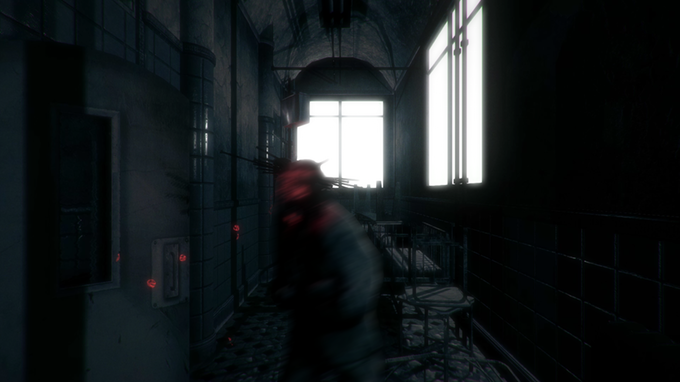
PT: Are the monsters in each level something that the player can defeat, or do they have to rely on evasion and stealth to advance?
AK: In some levels you will be able to defend yourself against the monsters, but in most cases you will have to evade and hide from the enemy. I think a good example that shows what you'll be doing throughout most of your encounters with monsters is the section in the gameplay trailer where Andrew breaks a light to try and hide in the darkness (didn't turn out to be the best idea for Andrew in the end though).
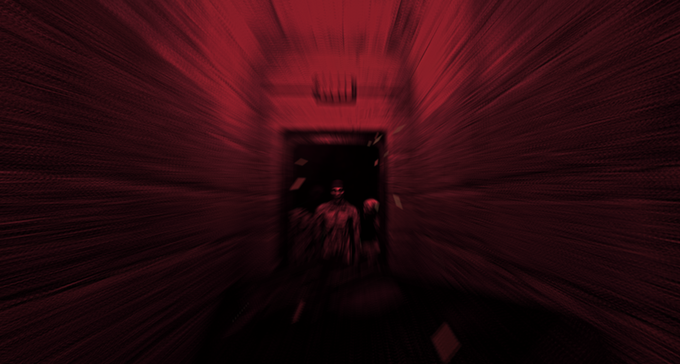
PT: "Repenthium" seems to draw some cues from games like "Amnesia" and "Outlast." What are a few things in "Repenthium" that separate it from other games in the horror genre?
AK: "Repenthium" shares the survival horror aspects from games like Amnesia and Outlast, but also adds many psychological horror elements to the mix. This is what I feel makes "Repenthium" different from other games in the horror genre since it's combining survival and psychological horror into one game, something you don't see often, if at all in other games. Probably one of the main aspects of the game that also differentiates "Repenthium" from others in the genre is its use of physics-based puzzle solving, and fracture-based physics objects. This means that if you encounter a wooden box or wooden cabinet (like in the gameplay trailer), you will most likely be able to break it apart realistically. It's these new elements you don't see in horror games that I feel make the experience all more realistic, and enjoyable for the player.
PT: What are you afraid of?
AK: I'm mostly afraid of dark, cramped, isolated areas, especially when I'm alone. I express these claustrophobic fears all throughout "Repenthium" using situations that I'd be terrified to be in myself. An example of this is a part of the game where you are trapped in an insane asylum-esque room that is slowly closing in on itself. You must figure out how to get out of it before you are crushed. This is something I wouldn't be able to handle myself, and think would make an excellent fear-based experience that fits in "Repenthium."
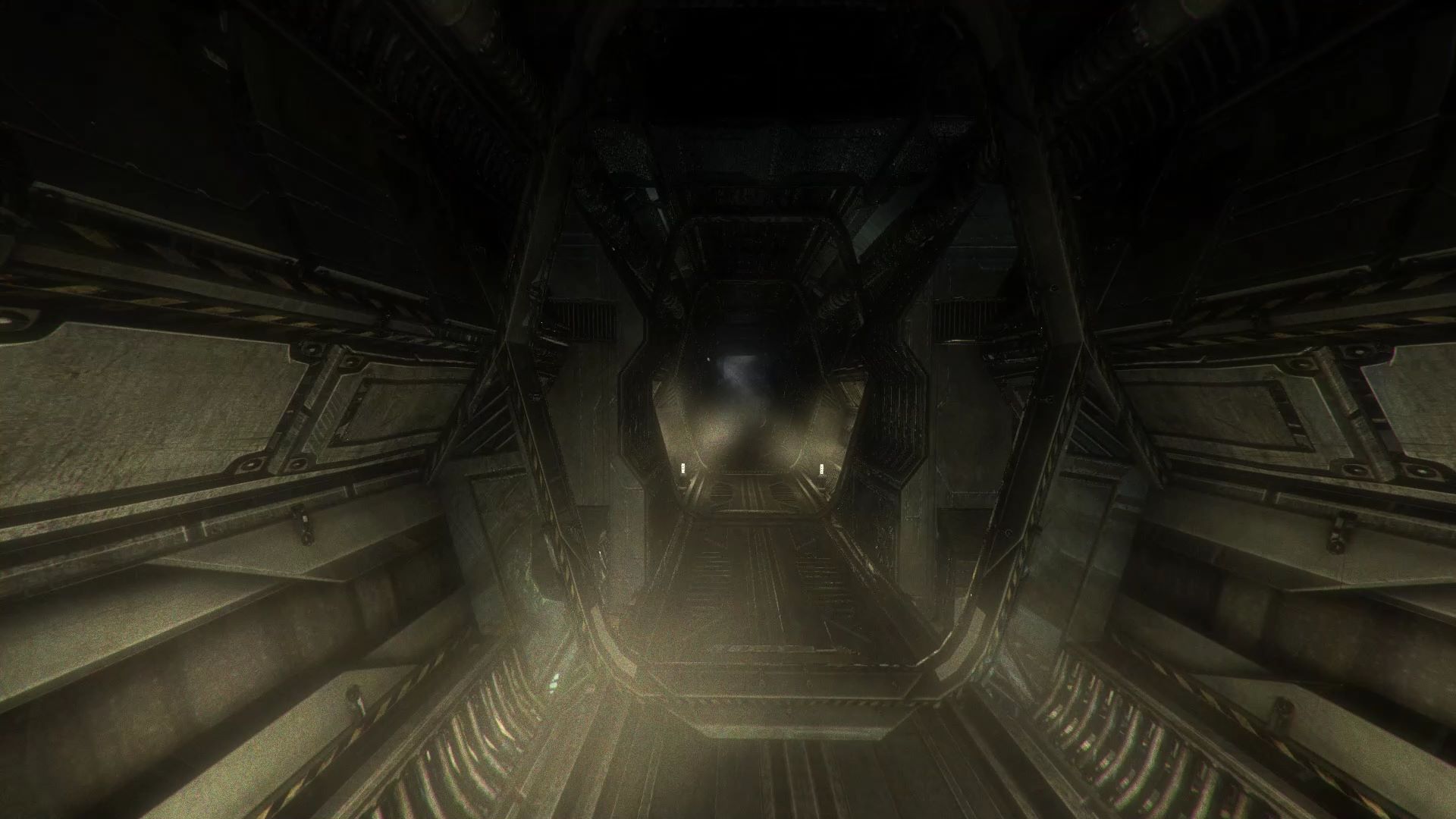
It is still pretty early in the "Repenthium" campaign with a little more than two weeks left to contribute. The limited Temptation tier is the smallest amount you can pledge (only $12!) to get a copy of the game. The more expensive pledges actually make you a part of the development process, where your ideas will actually be implemented into the final game. If the campaign is successful, BioDynamic Games is planning for an October 2016 release - just in time for Halloween.
Are you ready to step into "Repenthium?"